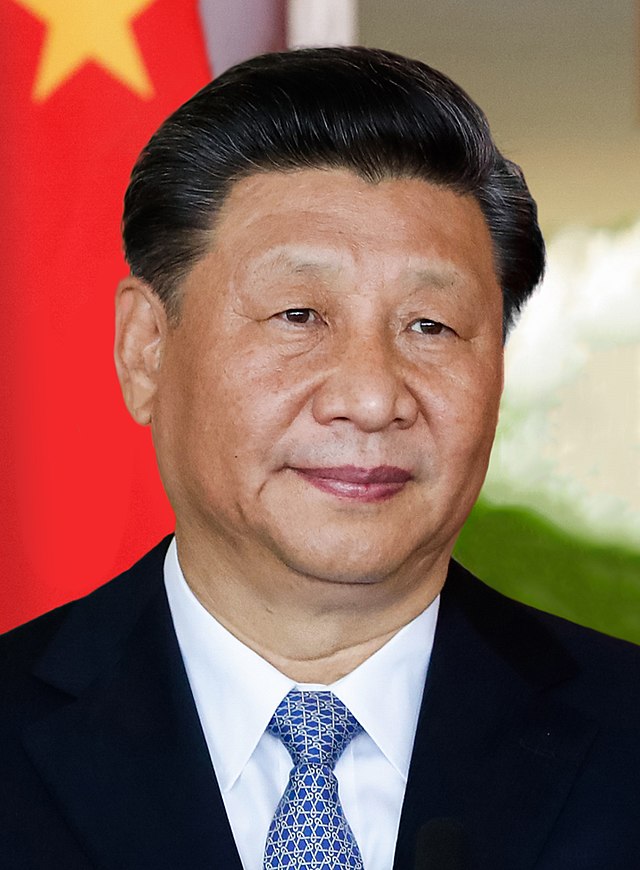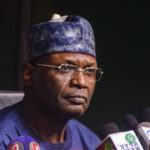
In the month of March, a key and important event in China’s national political calendar, watched closely around the world, will unfold in the country’s capital, Beijing. The 14th National People’s Congress, the country’s top legislative body and its supreme state organ would meet in full session to receive reports, deliberate and give legislative effect to landmark issues accelerating the modernisation efforts of the country. Along with the National People’s Congress, China’s top advisory body, the “Chinese People’s Political Consultative Conference would also convoke the first session of its 14th National Committee. It is the meeting of the full session of these two important bodies that are referred to as the “two sessions” in China’s political calendar. Apart from the convocation of the two sessions annually, the two bodies also elect permanent working organs, referred to as standing committees who engage in the routine legislative and advisory work of the two institutions that are presented and considered at the annual full sessions. The NPC and CPPCC are the institutional expression and structural representation of China’s system of socialist multi party consultation and cooperation, giving full expression to democratic inclusion and consensus- building. As core fabric of China’s political life, the “two sessions” is significantly impactful not only in their democratic content of representations and participation but in the outline of key policy agenda and generating feedback on state administration and governance. Apart from giving effects to state institutional structure, the “two sessions” plays vital role in major policy directions, including issues relevant to modernisation and deepening reforms.
The histories and background of the two key national institutions shape their contemporary and strategic roles in the governance of modern China, especially, as the country plays a pivotal role in global economic recovery and the emerging multilateral framework of the international system. The Chinese People Political Consultative Conference was the first institution of modern China. It developed from the revolutionary bases as a consultative platform of patriotic alliance of Chinese people opposed to the one party dictatorship of the western backed Kuomintang and forged through the leadership of the Communist Party of China. Following the victory of the revolution in 1949 and the founding of modern China, the CPPCC served as the legislative body until 1954 when the National People’s congress was elected and convoked. Following the establishment of NPC as the country’s supreme state organ, the CPPCC continued its role as a top rallying and advisory body. As the highest institutional platform for all Chinese people across every sector, including ethnic, religious, party, professional, Chinese in special administrative regions and overseas, the CPPCC provides quality insights and advisories on the trajectories of China’s contemporary modernisation. Its significance and impact in building and driving an all China coalition in the revolutionary struggle is no less significant in its contemporary contributions to the advancement of reform and modernisation, a deepening and continuation of the revolutionary process in the modern times. The CPPCC is the amalgamated strength and wisdom of all Chinese people to define a road map to national goals and build both an institutional and popular consensus around it, a key factor in both policy sustainability and goal-getting. The uniqueness of the CPPCC in giving vital stakes to all sections of society through broad consultations and engagement remain critical in understanding the enabling institutional and popular consensus that have driven China’s outstanding achievements and phenomenal development. The institutions underwriting China’s rapid modernisation are uniquely forged in their own history, designed through their own experience in practice and derived entirely from their own national reality. The institutions and processes of China’s modernisation are not inoculated from the experience of others in the world but these experiences are skilfully tailored to align with the national reality and are validated only through practice. The context of national consensus forged in consultations and cooperation is not an absence of disagreements or even rancour but that all contending views and visions are integrated into a broad road map to national development and are tested for viability through practice.
The National People Congress is China’s top legislative body and a supreme state organ, whose work is integral to the reputation of the modern Chinese state as efficient. As a key processor of policy options, and a firm line holder for the institutional credibility and integrity of China’s modern state, the NPC is well known to discharge its duty with the highest level of diligence and integrity. It gives expression to vital legislative issues of national importance ranging from national security, economic reforms, social outputs, cultural and foreign affairs, and endows state administration and governance with the vital political fibre and muscle.
It is the national repository of legitimacy and dispenses it with acute awareness of the popular and collective will for which it is the supreme representative The broad representation of the National People’s Congress and its unique work style of the standing committee system, where its routine work is done by a fraction of its members elected on a permanent basis, while the rest of the members return to their base, feeling the pulse of the people in direct engagement, may be a way off, from the parliamentary orthodoxy of the west, but its viability is exemplified in the contributions of the NPC in shaping China’s modern state and its outstanding achievements in development of which one of its iconic outputs is the end of extreme poverty among the 1.4 billion Chinese people.
If China’s unique political process and its system of multi-party consultative socialist democracy have delivered tangible results, it is not to mechanically copy it by any other country that its strength and attraction lies, but that any country can interrogate its own unique history and reality to extract a unique path to development and modernisation and development. China’s unique path to modernization and development speaks to the original insights, strength and imaginations that are endowed to every country and its people to search and leverage its own history and reality to build institutions and processes not only derived from its own unique experience but aligned to its own collective inspiration of good life. Africa’s countries’ historic trajectory to a good life for its people has encountered difficulties and challenges, not because of a lack of bold vision. The core challenge of compatible institutional drivers to give practical effects to bold vision has reached a historic proportion, and the imperative to rethink the structure and nature of key institutions should be seriously engaged, in order to align the institutions with the goals of achieving sustainable and inclusive development. China “two sessions”, sitting its two major national institutions will certainly deal with issues of current concern for the Chinese people, but would engage China as a major responsible power in the world, whose role in global economic recovery is of utmost importance, China’s outstanding economic recovery in the past few months, following its declaration of decisive defeat of the COVID-19 especially after the successful convocation of the 20th National Congress of the Communist party of China would in inspire recovery across the world.
Economic growth put at 5.5 per cent last year which fell to three per cent because of the then rampaging COVID–19, which though outperform other big economies such as the US, Japan and Germany is expected to grow at more than five per cent this year, a sign that China would be a decisive factor in the global recovery efforts.
The “two sessions” are enormous window to the world to understand the policy directions of the world second largest economy and provide instance of reflections to those caught in the dilemma of institutional atrophy, that their strength of renewal is in original insight derived from the conscious grapple with ones history and existential social reality.





